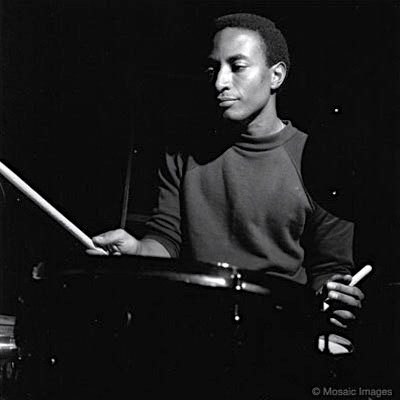When Martha and the Vandellas released “Dancing in the Street” on July 31, 1964, it immediately resonated as a departure from Motown’s established sound. This wasn’t just another catchy tune; it was funkier, driven by a pulsating bassline and sharp drum accents that hit on the backbeat with an unprecedented force. The song became an instant classic, synonymous with Martha Reeves’ dynamic vocals and the vibrant energy of Motown. But beyond Martha Reeves Dancing In The Street, there’s a fascinating story of collaboration and musical innovation that shaped this iconic track.
 freddie-waits
freddie-waits
Recently, key figures behind the song’s creation, including songwriter Ivy Jo Hunter, co-writer and producer William “Mickey” Stevenson, arranger Paul Riser, and the legendary Martha Reeves herself, recounted the journey of “Dancing in the Street.” Their insights, highlighted in Marc Myers’s “ARTS ANATOMY OF A SONG” from the Wall Street Journal, reveal the intricate process that birthed this Motown anthem.
Ivy Jo Hunter, who had recently joined Motown as a songwriter in early 1964, described the song’s genesis. Hunter, proficient in chords and rhythms on the piano but still developing his melodic composition skills, often began his songwriting process by laying down a bassline. For “Dancing in the Street,” he locked into a single note, creating a rhythmic pulse by moving his pinky and thumb back and forth an octave apart. This simple yet infectious bass figure became the foundation upon which the entire song was built. Hunter then developed the melody and chords, setting the stage for the song’s arrangement.
Paul Riser, the Motown arranger tasked with enhancing Hunter’s initial ideas, played a crucial role in transforming the song into the dynamic hit we know. Riser’s expertise lay in expanding upon the songwriter’s core concepts and translating them for the studio musicians, the legendary Funk Brothers. He created what he termed a “skeleton chord sheet” for these instrumental maestros, understanding that providing them with the basic framework would unleash their unparalleled creativity. The Funk Brothers, Motown’s house rhythm section, were renowned for their ability to take simple instructions and weave musical magic.
 myers_marc_anatomy_of_a_song
myers_marc_anatomy_of_a_song
When the rhythm section entered the studio, it comprised of Earl Van Dyke on keyboards, guitarist Robert White, bassist James Jamerson, and drummer Freddie Waits. Riser emphasized the pivotal role of drums and bass in establishing the feel of any Motown track. In “Dancing in the Street,” these elements were paramount. Interestingly, as highlighted in Scottkfish.com’s note on the original article, Freddie Waits’s contribution to this iconic Motown song is often overlooked. Waits, a jazz drummer, is not typically associated with the Funk Brothers, making his presence on “Dancing in the Street” a noteworthy and perhaps underappreciated aspect of the song’s history. His drumming, alongside James Jamerson’s throbbing bassline, was indeed central to the song’s distinctive character.
Hunter further explained that the initial goal was to create a rhythm track that he could use as a foundation for writing lyrics. The Funk Brothers, guided by Paul Riser’s arrangement, took the basic musical structure and “locked it in the pocket,” as Hunter described. Their performance elevated the song, injecting it with the signature Motown groove while pushing its rhythmic boundaries. Unlike many Motown hits rooted in the Charleston rhythm, “Dancing in the Street” possessed a heavier, more driving feel, akin to a “freight train with a heavy backbeat,” as Hunter noted.
Adding further layers to the track, co-writer and producer Mickey Stevenson incorporated percussion elements. He overdubbed claves on the off-beats and instructed Jack Ashford to strike a tambourine forcefully with a drumstick on the second and fourth beats, enhancing the song’s snap and danceability. To amplify the tambourine’s presence, Stevenson ingeniously utilized Motown’s makeshift echo chamber – a hole in the bathroom wall. By re-recording the tambourine track and capturing its reverberation off the tiled surface, they achieved an even bigger, more resonant dance beat, perfectly complementing Martha Reeves dancing in the street imagery the song evoked.
Through the recollections of these key creators, the story of “Dancing in the Street” unfolds as a testament to collaborative artistry and studio innovation. It reveals how Martha Reeves, alongside the Vandellas, fronted a track built upon a foundation of rhythmic ingenuity, masterful arrangement, and the often-unsung contributions of musicians like Freddie Waits. The song’s enduring appeal lies not just in its catchy melody and Martha Reeves’ electrifying performance, but also in the groundbreaking musical elements that defined its unique and timeless sound.
